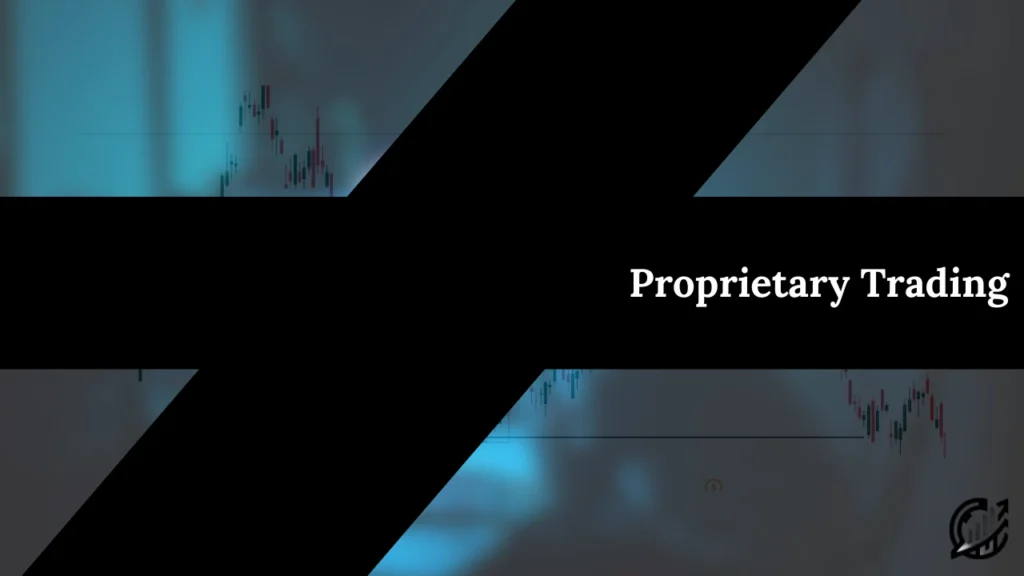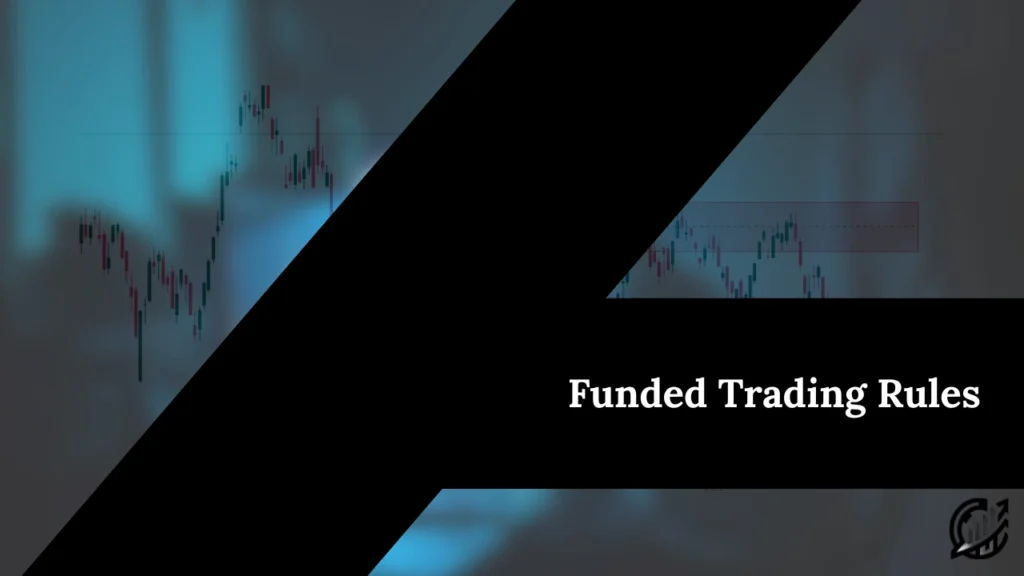
Table of Contents
With the rise of interest in trading, prop firms have transformed the trading by allowing skilled traders to access large amount of funds without risking their funds. However, before granting a real access to funding account, these prop firms ensures that traders can manage risk, follow rules and trade consistently. This is where funding account evaluation process comes into play.
The evaluation phase of a funded account is not just a test of probability. This uncovers traders’ psychological, strategic, and technical ability. With the helps of this, prop firms evaluate whether a trader has the discipline to handle large amount of funds.
This article explores how the prop firm evaluation process works for funding accounts, explain each stage in detail, and compare leading models like FTMO and FundedNext’s evaluation processes.
Understanding Funding Account Evaluation Process
The evaluation process of a funded account is a structured method used by proprietary trading firms to access traders before funding them. This evaluation process ensures that traders who present risk control, consistency, and profitability can qualify for a funded account.
Remember, the processes vary slightly among firms. Mostly, funding account evaluation program consists of two to three main phases: The challenge, verification and funded stage.
Each stage has specific set of rules, profit targets, and drawdown limits. This whole process is designed to identify traders who trader responsibly under pressure.
Phase 1: The Challenge (Initial Evaluation)
First phase of funding account evaluation is the challenge. It is the most critical part of the evaluation. It is designed to test trader’s ability o achieve profits within defined risk limits and time constraints.’
Key Objectives
The following are the key objectives of the challenge phase:
- Trader must achieve a profit target of 8 to 10 percent (depending on prop firm).
- Traders must stay within the daily drawdown limit of 4 to 5 percent.
- Traders must maintain an overall drawdown limit of around 10%.
- Traders must trader for a minimum number of days, usually 5 to 10.
- Traders should avoid high-risk behavior like over-leveraging.
Example
Take the example of FTMO. FTMO is known for its two-step evaluation model which begins with the challenge phase. Traders must achieve profit target of 10%, maximum daily loss of 5%, maximum overall loss of 10%, and minimum trading days of 4 to 10 days.
Trader who meet these targets without violating any rules progress to the next phase. The firm use this phase to filter out gamblers and identify traders with risk-managed strategies.
Phase 2: The Verification Stage
After successfully completing the challenge, traders move on to the verification phase. This stage is designed to confirm that the trader’s performance was a result of skill and discipline.
Key Objectives
The following are the key objectives:
- Traders must reach a smaller profit target (typically 5%)
- Traders maintain the same risk parameters such as the challenge phase.
- Traders must follow all the trading rules.
- Traders must prove that your trading behavior aligns with long-term profitability.
Example
In FTMO’s model, the verification phase is much like the challenge but with slightly relaxed profit expectations. In FTMO’s model, traders must achieve the profit target of 5 %, never cross the daily loss of 5%, and also remain inside the loss of 10%. There is no time limit. It is flexible than the first phase.
This phase confirms that traders are hard worker and knowledge driven. this stage separates systematic traders from those who rely on luck or high-risk strategies.
Phase 3: The Funded Stage
After completing all evaluation phases, the trader earns access to the funded account. This is the process where you can trade with firm’s capital and earn a profit split.
Key Features
- Depending on the firm, traders may receive a real or demo-funded accounts.
- In this phase, firm’s profit split remains typically between 70/30 to 90/10.
- Some trading prop firms increase account size over time.
- Traders can request payouts weekly, bi weekly, or monthly. It is highly dependent on firm’s policy.
Example
After passing both evaluation stages, FTMO funds traders with up to $200,000 per account. Profits are split 80% to the trader and 20% to the firm. Traders can request payouts every 14 days. Consistent traders can scale their accounts by 25% every four months.
FTMO vs. FundedNext: Evaluation Model Comparison
To understand how funding account evaluation models differ across prop firms, lets compare FTMO’s 2-phase model and FundedNext’s 1-phase Model.
| Feature | FTMO | FundedNext |
| Evaluation phases | 2 Phases (Challenge +Verification) | 1 phase (Evaluation) |
| Profit Target | 10% (phase 1), 5% (phase 2) | 10% in Single Phase |
| Maximum Daily Loss | 5% | 5% |
| Overall Drawdown | 10% | 10% |
| Minimum Trading Days | 4 | 5 |
| Profit Split | 80/20 | 90/20 |
| Scaling Plan | Yes – 25% every 4 months | Yes – up to 400% account growth |
| Payout Frequency | Every 14 days | Every 14 days |
FTMO’s 2-phase structure emphasizes consistency and reliability. Traders who pass the two phases can sustain profitability over time. FundedNext’s 1-phase model offers a faster route to funding. Experience traders can take benefit from such trading platforms especially who prefer simplicity and flexibility.
Both serve distinct trader profiles. FTMO suits patient traders seeking long-term credibility. On the other hand, FundedNext attracts experienced traders who want quick access to capital.
Why Funded Firms Use Multi-Phase Evaluation
Funding firms are not for those who want to make money once. Firms are searching for traders who can make money consistently and adhere to strict risk management rules.
This can be the reason majority of funded firms use multi-phase evaluations. These phases help firms separate skilled traders from gamblers.
Risk Awareness and Capital Protection
The first thing funded firms want to know about trader is that how responsibly a trader manages capital. Their strict rules of daily drawdown and maximum loss limits, firms test how perfectly a trader can preserve capital under pressure.
Trader who violently risk capital may generate profits but poses a long-term threat to the firm.
Consistency Over Luck
Funded firms seek traders who can repeat performance through structured execution. Multi-phase evaluation ensures that consistent trading behavior is rewarded.
This confirms that the funded firm funds traders who are systematic, no impulsive.
Patience and Emotional Control
It would not be incorrect to say that prop trading as much a psychological test as it is a technical test. Multi-phase evaluations examine a trader’s ability for high-probability setups instead of forcing trades because of boredom or frustration.
Funding firms are aimed at finding trader who stay composed during quiet markets and capitalize when conditions align. Such traders know the importance of capital and know how to save it with trading strategy.
Common Reasons Trader Fail Evaluation
Rules and guidelines are clear but still traders fail prop firm challenges. The reasons are well-known but controlling them in live market is huge task for traders.
Over-leveraging for Quick Profits
Trading is not a game of quick profits. Using excessive leverage to reach the profit target can be the reason of account breach. This is because traders open oversized positions but one reversal can breach the daily loss limit.
This behavior is a red flag for prop firms because it presents poor risk management. For them, small profits are more valuable than one lucky gain followed by a major loss.
Ignoring Funded Firm Rules
Traders often underestimate trading rules described by funding firms. Even violating a 5% daily loss limit leads to automatic disqualification. Funding firms reward longevity not recklessness.
Poor Strategy Testing
Many traders attempt challenges with untested or inconsistent strategies. Without prior back testing or demo experience, they end up failing funded account.
Final Thought
Funded account evaluation is more than just profit challenges. Firms check trader’s discipline, patience and emotional control. Each step, whether single or multi-step, is designed to mirror real trading conditions and filter out gamblers.
Traders who treat evaluations like genuine portfolio management stand the best chance of long-term success.
FAQs
What is Evaluation in Prop Trading?
A funded account evaluation is a structured assessment process used by funded firms to test trader’s skill, consistency, and risk management. All this happens before providing them access to real capital.
What is the reason Prop Firms require evaluation before funding?
Evaluation helps firms identify disciplined traders who can generate consistent profits without excessive risk. This process helps them filter out skilled individuals.
What rules traders must follow during evaluations?
Common rules include respecting daily and maximum drawdown limits, achieving profit targets, and breaking other key rules.
I’m Abdullah Shah, a content writer with three years of experience in crafting engaging and informative content. My background in market analysis complements my work, allowing me to create content that resonates with audiences. I’m also a seasoned practitioner in the forex and crypto markets, with a strong foundation and deep interest in finance. My passion for the financial world drives me to produce content that is both insightful and valuable for those interested in understanding market trends and financial strategies.



